|
|
|
|
It’s hard to believe that polio is back in the news, given the disease was considered eradicated in the U.S. in 1979. But earlier this month New York state declared a public health emergency after finding community spread of the viral disease. This followed the first case in New York of polio in nearly a decade in July. University of Connecticut’s Jennifer Girotto, who works on immunizations and pediatric infectious diseases, explains how we’ve come to this point – and why there’s concern for the future. Most notably, she writes polio vaccination rates vary significantly across the U.S., which means areas of the country hover “dangerously close” to the needed
threshold of herd immunity.
Misinformation, in my mind, is one of the most destabilizing forces in society today. And deepfakes – manipulations of video and audio media to put words into someone’s mouth – take the potential to spread false information to a new level. Two researchers at the University of Florida recently presented a paper that provides a glimmer of hope that phony audio can be detected. In an article explaining this work, they write that the technique uses a computer model and fluid dynamics to detect the difference between computer-generated voice samples and those created by human speakers.
Unraveling the mysteries and importance of the microbiome has long been an interest of our science editors, and this story goes even further on that quest by examining the evolutionary history of microbes that “have been along for the evolutionary ride [with humans] for over hundreds of thousands of years.” Having greater insight into how the microorganisms in our guts partnered with humans could lead to microbiome-based treatments for specific populations and better understanding of their role in human well-being, they write.
Also in this week’s science news:
If there’s a subject you’d like our team of science editors to investigate, please reply to this email.
|

|
Martin La Monica
Director of Editorial Projects and Newsletters
|
|
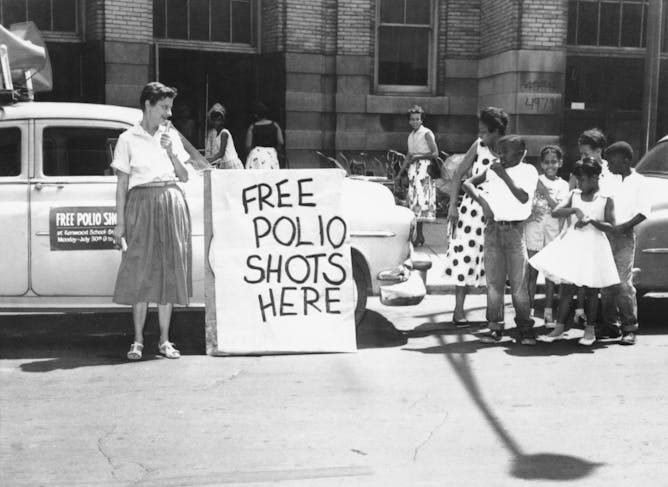
In 1956, during the height of the polio epidemic in the U.S., health officials in Chicago offer polio shots at a public school.
Bettmann via Getty Images
Jennifer Girotto, University of Connecticut
With poliovirus circulating in New York, health authorities worry that pockets of the county with low polio vaccination rates could give the virus a foothold.
|

With deepfake audio, that familiar voice on the other end of the line might not even be human let alone the person you think it is.
Knk Phl Prasan Kha Phibuly/EyeEm via Getty Images
Logan Blue, University of Florida; Patrick Traynor, University of Florida
AI-generated voice-alikes can be indistinguishable from the real person’s speech to the human ear. A computer model that gives voice to the dinosaurs turns out to be a good way to tell the difference.
|
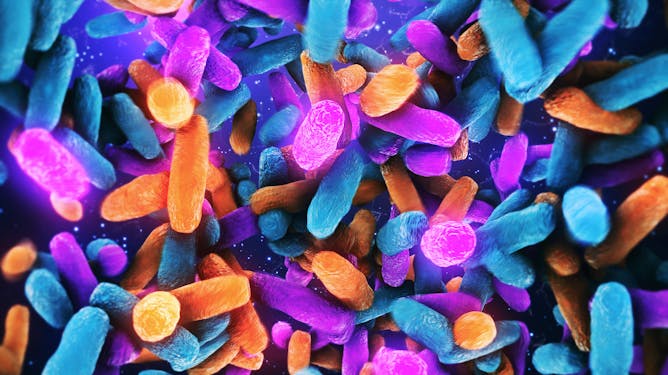
The gut microbiome may also play a role in personalized medicine.
nopparit/iStock via Getty Images Plus
Taichi A. Suzuki, Max Planck Institute for Biology; Ruth Ley, Max Planck Institute for Biology
As early modern humans spread across the globe, their gut microbes genetically changed with them. Understanding the origins of gut microbes could improve understanding of their role in human health.
|
|
|
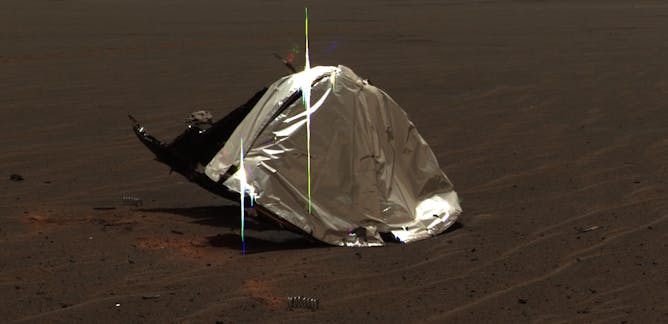
Cagri Kilic, West Virginia University
Discarded pieces of landing gear, crashed spacecraft and wear and tear have produced a lot of debris that is now scattered around the Martian surface.
| |
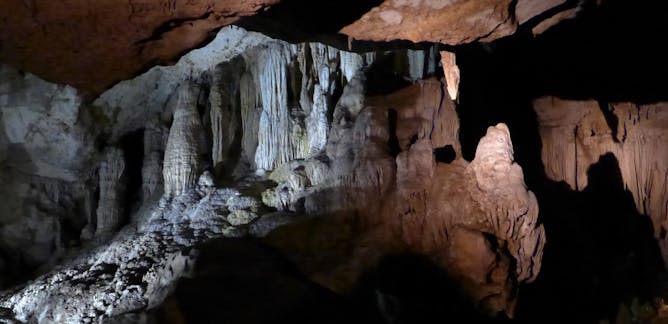
Gayatri Kathayat, Xi'an Jiaotong University; Ashish Sinha, California State University, Dominguez Hills
As water dripped in a remote cave, it left behind evidence of every monsoon season for a millennium. Scientists say it holds a warning for a country about to become the most populous on Earth.
|
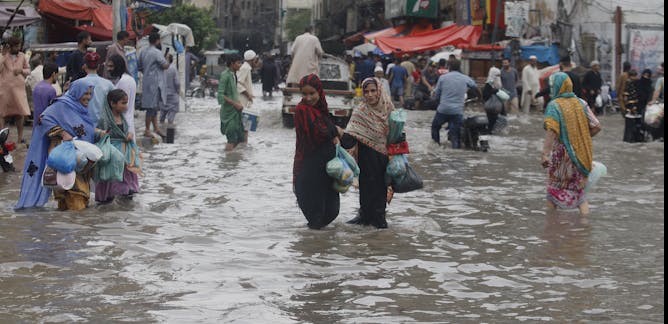
Kevin Trenberth, University of Auckland
A climate scientist explains the forces behind the summer’s extreme downpours and dangerous heat waves, and why new locations will be at risk in the coming year.
| |
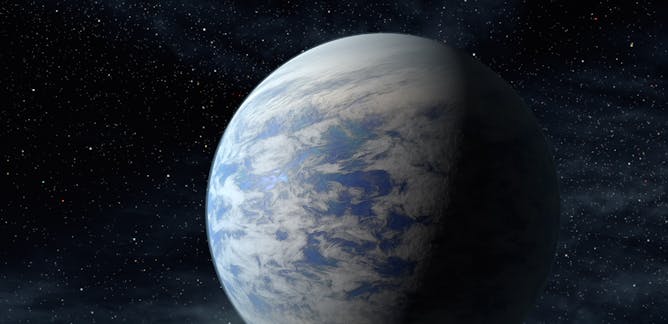
Chris Impey, University of Arizona
Newly discovered super-Earths add to the list of planets around other stars that offer the best chance of finding life. An astronomer explains what makes these super-Earths such excellent candidates.
|
|
|
|
|
-
Maxim Lavrentovich, University of Tennessee
Nature begins forming patterns at the molecular level – and sometimes they grow to enormous sizes.
-
Tong Sun, University of Washington
Renee Wegrzyn will lead the new Advanced Research Projects Agency for Health, which is tasked with speeding up how fast basic science is translated into real-world applications.
-
Rick Thoman, University of Alaska Fairbanks
Most of the flooded communities are Indigenous and rely on subsistence hunting that residents would normally be doing right now. Recovering from the damage will make that harder.
-
Ivan Erill, University of Maryland, Baltimore County
Phages, or viruses that infect bacteria, can lie dormant within chromosomes until they’re triggered to replicate and burst out of their hosts.
|
|
|
|
|
| | |
| | |
| |
| |
| |
|
|
|